VW T-Roc VS Honda ZR-V – Specs, Efficiency & Price Comparison
Which model is the better choice – the VW T-Roc or the Honda ZR-V? We compare performance (300 HP vs 184 HP), boot capacity (445 L vs 380 L), efficiency (4.70 L vs 5.70 L), and of course, the price (23900 £ vs 36800 £).
Find out now which car fits your needs better!
The VW T-Roc (SUV) is powered by a Petrol or Diesel engine and comes with a Manuel or Automatic transmission. In comparison, the Honda ZR-V (SUV) features a Full Hybrid engine and a gearbox.
When it comes to boot capacity, the VW T-Roc offers 445 L, while the Honda ZR-V provides 380 L – depending on what matters most to you. If you’re looking for more power, you’ll need to decide whether the 300 HP of the VW T-Roc or the 184 HP of the Honda ZR-V suits your needs better.
There are also differences in efficiency: 4.70 L vs 5.70 L. In terms of price, the VW T-Roc starts at 23900 £, while the Honda ZR-V is available from 36800 £.
Compare all the key specs now and find out which model fits your lifestyle best!
In the battle of compact SUVs, the Honda ZR-V and the VW T-Roc both offer a compelling blend of style and performance, but each car has its unique appeal. The Honda ZR-V stands out with its impressive fuel efficiency and advanced safety features, making it a practical choice for everyday driving. Meanwhile, the VW T-Roc captivates with its dynamic handling and vibrant design options, appealing to those looking for a bit more flair and fun on the road.
VW T-Roc
The VW T-Roc seamlessly blends stylish design with practical functionality, making it an ideal choice for those who enjoy both urban and countryside driving. Its modern interior features intuitive technology and comfortable seating, enhancing the overall driving experience. With its robust build and dynamic performance, the T-Roc is equipped to handle various road conditions with confidence.
details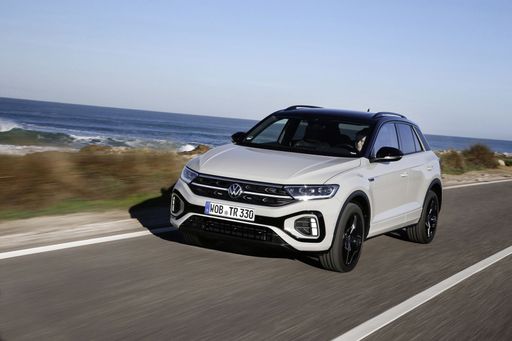 @ Volkswagen
@ Volkswagen
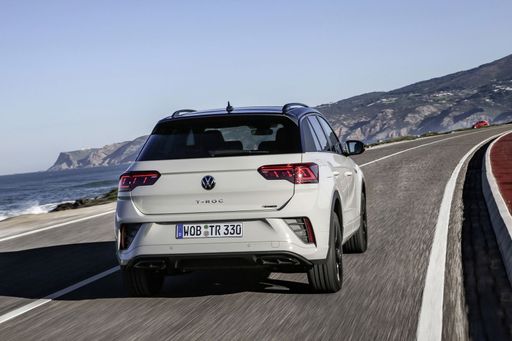 @ Volkswagen
@ Volkswagen
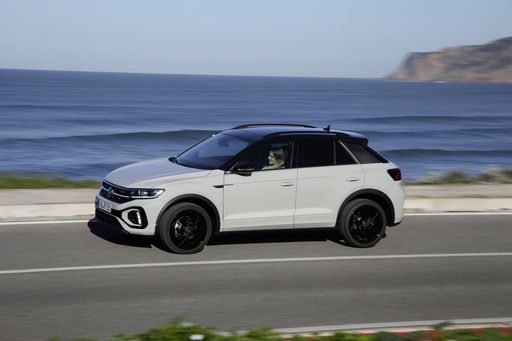 @ Volkswagen
@ Volkswagen
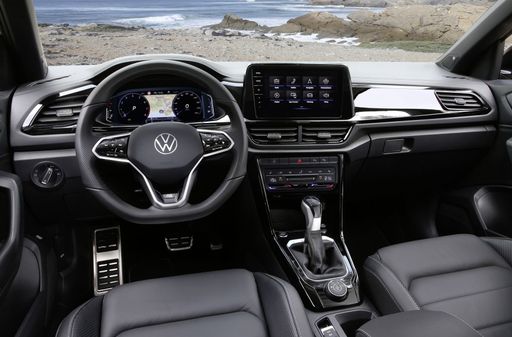 @ Volkswagen
@ Volkswagen
Honda ZR-V
The Honda ZR-V is a standout in the compact SUV segment, offering a blend of sleek design and practical functionality. Its exterior is characterized by dynamic lines and a bold grille, capturing attention on the road. Inside, the ZR-V impresses with a comfortable and well-appointed cabin, providing drivers and passengers with a refined driving experience.
details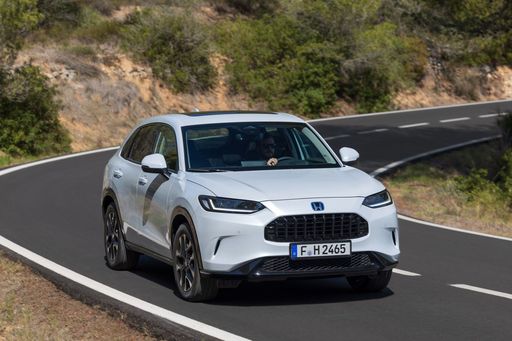 @ Honda
@ Honda
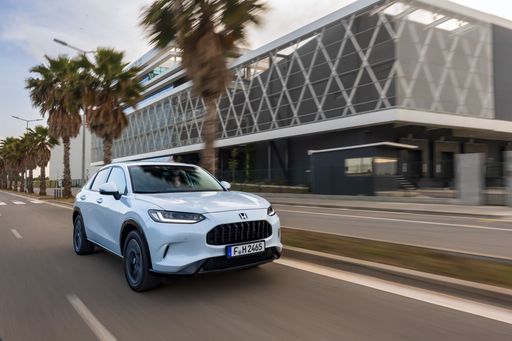 @ Honda
@ Honda
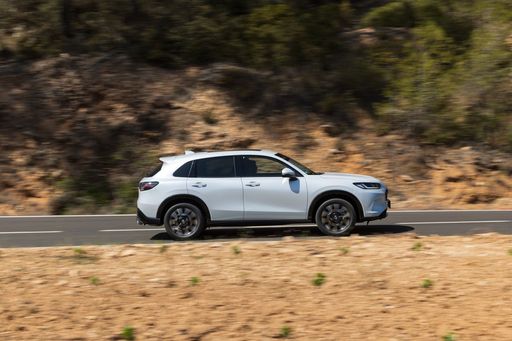 @ Honda
@ Honda
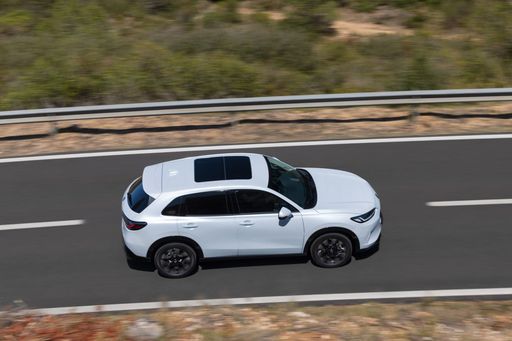 @ Honda
@ Honda
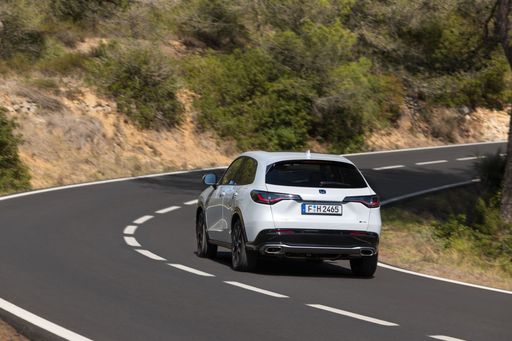 @ Honda
@ Honda
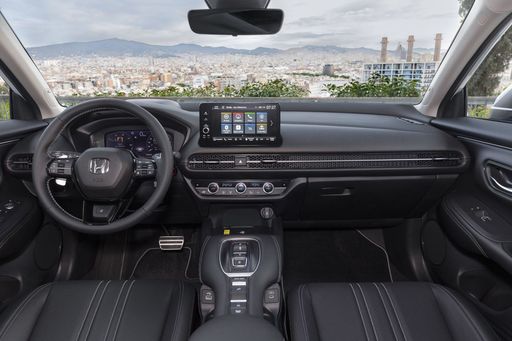 @ Honda
@ Honda
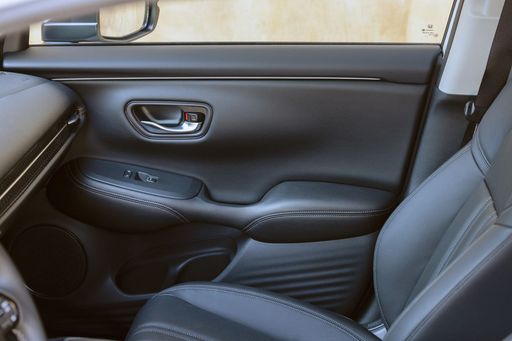 @ Honda
@ Honda
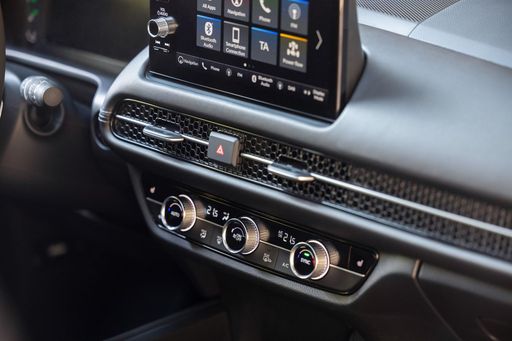 @ Honda
@ Honda
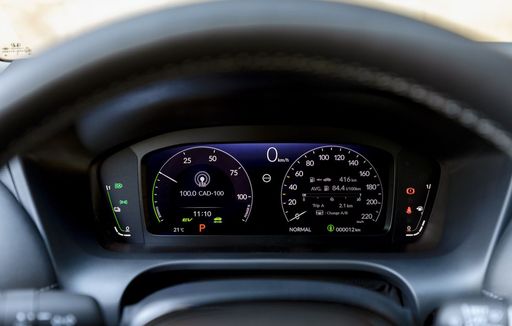 @ Honda
@ Honda
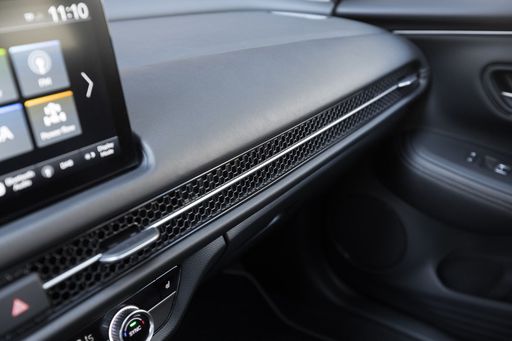 @ Honda
@ Honda
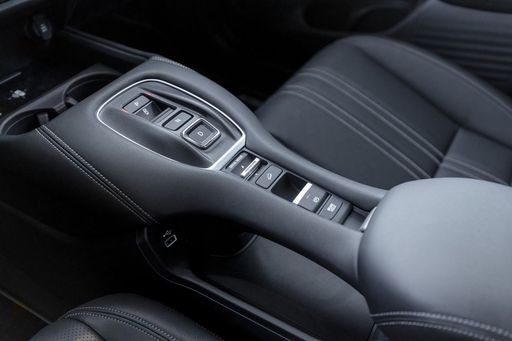 @ Honda
@ Honda
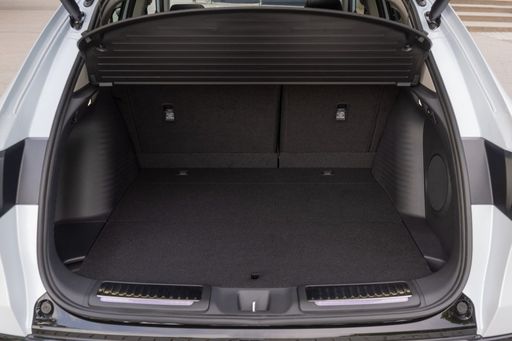 @ Honda
@ Honda
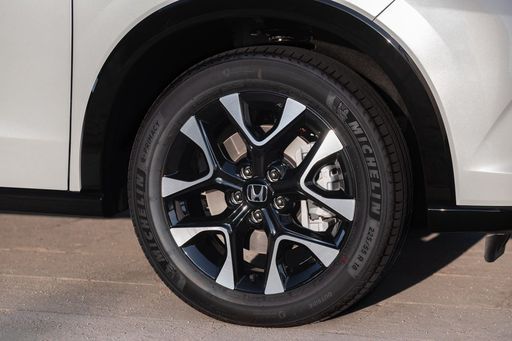 @ Honda
@ Honda
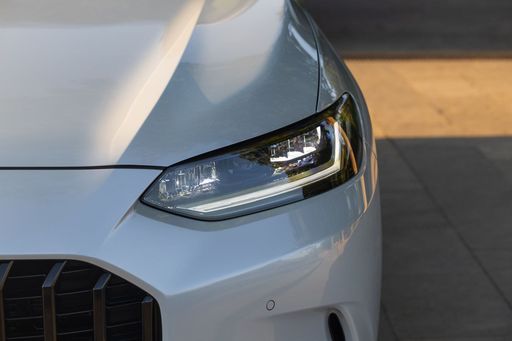 @ Honda
@ Honda
 @ Honda
@ Honda
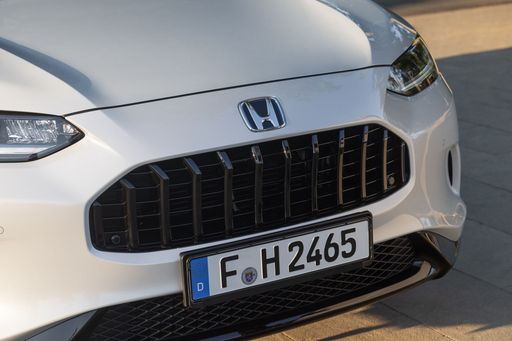 @ Honda
@ Honda
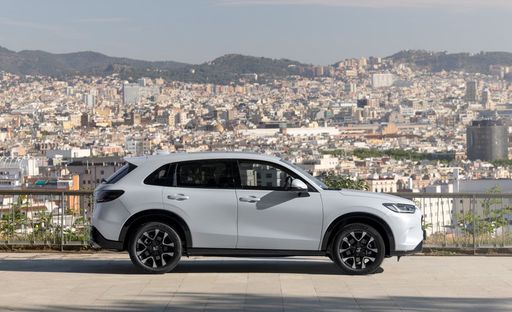 @ Honda
@ Honda
A Battle of Compact SUVs: Honda ZR-V vs VW T-Roc
The compact SUV segment continues to expand, drawing fierce competition from automakers worldwide. Two remarkable contenders vying for supremacy in this popular category are the Honda ZR-V and the Volkswagen T-Roc. Both vehicles offer unique strengths that cater to different preferences and driving experiences. This article compares the two models, diving into their technical specifications and innovations.
Bold Design and Comfort
The Honda ZR-V makes a statement with its bold and contemporary design, exemplifying Honda's commitment to styling and functionality. With dimensions of 4568 mm in length, 1840 mm in width, and 1613 mm in height, it offers a commanding road presence. Inside, it accommodates five passengers comfortably while providing a trunk capacity ranging between 370 to 380 liters.
On the other hand, the VW T-Roc exhibits a more compact design, with lengths ranging from 4236 to 4271 mm and widths of about 1819 mm. Despite being more compact, the T-Roc impresses with a trunk capacity of up to 445 liters, ingeniously combining urban agility with practical space utilization.
Powertrain and Performance
The Honda ZR-V is equipped with a full hybrid engine, delivering 184 horsepower (135 kW) with a peak torque of 315 Nm. Its responsiveness is evident with an acceleration of 0 to 100 km/h in just 7.9 to 8 seconds, while consuming between 5.7 to 5.8 liters per 100 km. With a maximum speed of 173 km/h, it provides a balanced blend of performance and efficiency.
Alternately, the VW T-Roc offers a range of engine options, including petrol and diesel variants with power outputs spanning from 115 to an impressive 300 horsepower (85 to 221 kW). Depending on the choice of engine and drive train—whether front-wheel or all-wheel drive—the T-Roc accelerates from 0 to 100 km/h in 4.9 to 12.3 seconds. The fuel consumption varies between 4.7 to 8.5 liters per 100 km, catering to a wider range of driving preferences.
Technological Innovations
Both models integrate a plethora of technology to enhance the driving experience. The Honda ZR-V features an advanced hybrid system that optimizes fuel efficiency while reducing carbon emissions to as low as 130 g/km, falling into the CO2 efficiency class D.
The VW T-Roc counters with a comprehensive suite of infotainment and driver-assistance technologies spread across its trims. From manual gearboxes to advanced dual-clutch automatics, the driving experience can be tailored to different tastes. With CO2 emissions ranging between 125 to 194 g/km, it provides versatility in eco-conscious driving tailored to user preferences.
Final Verdict
In summary, the Honda ZR-V and VW T-Roc each bring distinctive advantages to the compact SUV market. The ZR-V shines with its hybrid efficiency and smooth ride, ideal for drivers seeking a balance of style and sustainability. Meanwhile, the T-Roc offers a wide array of configurations and performance-driven options, meeting diverse demands from urban environments to sporty adventures. Ultimately, your choice will depend on your lifestyle, driving preferences, and how you prioritize fuel economy versus performance.

|

|
|
|
|
Costs and Consumption |
|
|---|---|
|
Price
23900 - 45500 £
|
Price
36800 - 40400 £
|
|
Consumption L/100km
4.7 - 8.4 L
|
Consumption L/100km
5.7 - 5.8 L
|
|
Consumption kWh/100km
-
|
Consumption kWh/100km
-
|
|
Electric Range
-
|
Electric Range
-
|
|
Battery Capacity
-
|
Battery Capacity
-
|
|
co2
125 - 191 g/km
|
co2
130 - 132 g/km
|
|
Fuel tank capacity
50 - 55 L
|
Fuel tank capacity
57 L
|
Dimensions and Body |
|
|---|---|
|
Body Type
SUV
|
Body Type
SUV
|
|
Seats
4 - 5
|
Seats
5
|
|
Doors
2 - 5
|
Doors
5
|
|
Curb weight
1304 - 1567 kg
|
Curb weight
1660 - 1710 kg
|
|
Trunk capacity
284 - 445 L
|
Trunk capacity
370 - 380 L
|
|
Length
4236 - 4271 mm
|
Length
4568 mm
|
|
Width
1811 - 1819 mm
|
Width
1840 mm
|
|
Height
1527 - 1584 mm
|
Height
1613 mm
|
|
Payload
368 - 516 kg
|
Payload
440 - 455 kg
|
Engine and Performance |
|
|---|---|
|
Engine Type
Petrol, Diesel
|
Engine Type
Full Hybrid
|
|
Transmission
Manuel, Automatic
|
Transmission
-
|
|
Transmission Detail
Schaltgetriebe, Automat. Schaltgetriebe (Doppelkupplung)
|
Transmission Detail
-
|
|
Drive Type
Front-Wheel Drive, All-Wheel Drive
|
Drive Type
Front-Wheel Drive
|
|
Power HP
115 - 300 HP
|
Power HP
184 HP
|
|
Acceleration 0-100km/h
4.9 - 12.3 s
|
Acceleration 0-100km/h
7.9 - 8 s
|
|
Max Speed
187 - 250 km/h
|
Max Speed
173 km/h
|
|
Torque
200 - 400 Nm
|
Torque
315 Nm
|
|
Number of Cylinders
3 - 4
|
Number of Cylinders
4
|
|
Power kW
85 - 221 kW
|
Power kW
135 kW
|
|
Engine capacity
999 - 1984 cm3
|
Engine capacity
1993 cm3
|
General |
|
|---|---|
|
Model Year
2024
|
Model Year
2025
|
|
CO2 Efficiency Class
D, E, F, G
|
CO2 Efficiency Class
D
|
|
Brand
VW
|
Brand
Honda
|
VW T-Roc
The VW T-Roc: A Blend of Style and Innovation
The Volkswagen T-Roc stands out in the competitive compact SUV segment, offering a dynamic combination of innovative technology and stylish design. The model has evolved since its inception, embracing new features and engineering advancements that appeal to a broad spectrum of drivers.
Engine Performance and Efficiency
The VW T-Roc provides an impressive range of engine options to meet various driving preferences. From the economical 1.0 TSI petrol engines to the robust 2.0 TDI diesels, there’s an engine to match every need. The power output spans from 115 PS to a thrilling 300 PS in the T-Roc R variant. Fuel efficiency is another highlight, with consumption figures ranging between 4.7 and 8.5 L/100 km, making it a practical choice for both city and long-distance driving.
Advanced Technology and Safety Features
Volkswagen has equipped the T-Roc with state-of-the-art technology to enhance both convenience and safety. The latest models include advanced driver assistance systems, such as adaptive cruise control and lane-keeping assist, which provide a safer driving experience. Additionally, the intuitive infotainment system supports a seamless connection to smartphones via Apple CarPlay and Android Auto.
Design and Customisation
The T-Roc’s design is bold and contemporary, reflecting its sporty nature. With a wide array of customisation options, including various trim levels like Life, Style, and the sporty R-Line, there are plenty of opportunities for personal expression. Both the interior and exterior can be tailored, with choices ranging from colour accents to different upholstery options, ensuring each T-Roc feels unique to its owner.
Spacious Interior and Practicality
Despite its compact exterior dimensions, the T-Roc offers a surprisingly spacious interior. It accommodates between four and five passengers comfortably, with ample legroom and headroom. The flexibility extends to the boot space, which ranges from 284 to 445 litres, depending on the configuration, providing practical storage capacity for everyday use or weekend getaways.
Conclusion: A Competitive SUV Choice
Overall, the VW T-Roc continues to be a strong contender in the compact SUV market, combining innovative features, efficient engines, and a distinctive design. It appeals to those looking for versatility and performance in a stylish package, making it an attractive option for both families and individual adventurers alike.
Honda ZR-V
The Honda ZR-V: A Fusion of Efficiency and Innovation
The Honda ZR-V has made significant waves in the automotive sphere with its latest models, which exhibit a seamless blend of advanced technology and innovative design. As a captivating SUV option, it offers a compelling case for those seeking efficiency and performance wrapped in a sophisticated package. This article delves into the intricate details of this impressive vehicle.
Power Under the Hood: The i-MMD e:HEV Full Hybrid System
At the heart of the ZR-V lies Honda's i-MMD e:HEV Full Hybrid system. This powertrain delivers an impressive output of 184 HP (135 kW), offering a smooth and responsive driving experience. The hybrid engine is complemented by a front-wheel drive configuration, ensuring efficiency and stability on the road.
With a 2.0-liter engine capacity and four cylinders, the Honda ZR-V strikes a balance between power and fuel economy. Models are available with a consumption rate as low as 5.7 to 5.8 liters per 100 kilometers, highlighting the brand's commitment to sustainability without compromising on performance.
Performance and Efficiency: The Perfect Balance
Acceleration is another highlight, with the ZR-V able to reach 0-100 km/h in approximately 7.9 to 8 seconds. Coupled with a top speed of 173 km/h, this SUV is both nimble and fast, suitable for urban landscapes and highway cruising alike. Additionally, the vehicle achieves a CO2 efficiency class D, with emissions ranging from 130 to 132 g/km.
Design and Comfort: More Than Meets the Eye
Design is a pivotal aspect of the Honda ZR-V. Its dimensions—4568 mm in length, 1840 mm in width, and 1613 mm in height—project a commanding presence on the road, while still retaining the maneuverability you'd expect from a modern SUV. With a curb weight ranging from 1660 to 1710 kg, it is well-balanced for both performance and comfort.
Inside, the ZR-V is designed to accommodate five passengers comfortably, with an array of trim levels including Advance, Elegance, and Sport. The spacious interior boasts a trunk capacity of 370 to 380 liters, making it an ideal choice for families or anyone needing ample cargo space for their adventures.
Safety and Reliability: Core Tenets of Honda Philosophy
Honda is renowned for prioritizing safety and the ZR-V is no exception. It is equipped with the latest safety technologies, ensuring peace of mind for you and your passengers. From advanced driver-assistance systems to robust build quality, Honda has left no stone unturned in making the ZR-V a reliable companion on the road.
Conclusion: A Standout in the SUV Segment
The Honda ZR-V stands as a testament to the evolution of hybrid technology and modern design. With its superior performance metrics, fuel efficiency, and luxurious features, it appeals to a broad range of drivers. Whether navigating city streets or cruising on open highways, the ZR-V is poised to deliver an exceptional driving experience, making it a noteworthy candidate for those in the market for a new SUV.
With a price range starting from €42,900 to €47,100, the ZR-V offers competitive options for different budgets and needs, true to Honda's legacy of providing value and innovation in the automotive industry.
The prices and data displayed are estimates based on German list prices and may vary by country. This information is not legally binding.
